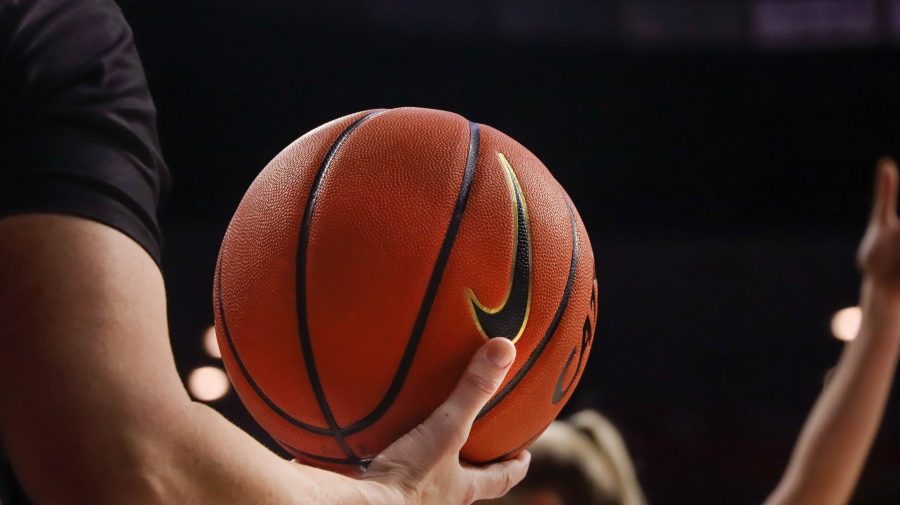The U.S. has a rich history of utilizing its vast resources for furthering useful national programs and then electing people to public office who proceed to fuck them up.
One such program, the creation of land-grant universities as a result of the Morrill Land-Grant Acts of 1862 and 1890, has instilled a tradition of funding public educational institutions from the federal, state and local government coffers. This tradition is gone, though, a recent report from the Government Accountability Office has revealed that for the first time, students now pay more of the cost of attending public universities than state governments.
In recent years, state governments could shy behind the veil of a failed economy, but as markets bounce back, what excuse is there to forgo funding higher education? The U.S. has decided that it is a 16-year-old with a career in athletics who doesn’t need to complete high school or college or know how to read.
People come to the U.S. for its university system. In the University of Texas at Arlington, international students comprise 93.5 percent of the electrical engineering graduate program. Clearly, international students understand the importance of an education and recognize that the U.S. is a decent place to get a degree. American students know this, too; the government is just actively trying to prevent them from attending universities.
Growing up in the U.S. public school system, kids are constantly taught that they need to graduate high school and then go on to college in order to be successful — or at least more successful than their parents. This mandate has unfortunately not been reflected in government funding priorities, with state funding dropping from 32 percent to 23 percent as tuition became a larger source of funding at 25 percent within the same period. As recently as the late ’70s, public universities were overwhelmingly funded — almost 75 percent — by state governments, but now less than a fourth of funding is supplied.
All this is made worse due to increased enrollment rates, about 20 percent from 2002 to 2012, and a 28 percent rate of increase above inflation in tuition and financial aid isn’t helpful either. Formerly, Pell Grants were available for low-income students, but the 77 percent coverage in 1980 has fallen to just 36 percent in 2011. “But wait, what about merit-based financial aid?” Harp the administrators and parents who attended college before it became excessively unaffordable.
Just a few years ago, students who exceeded Arizona’s standardized tests — the AIMS, or Arizona’s Instrument to Measure Standards — and maintained a reasonable GPA in high school qualified for a full tuition “waiver.” Turns out this is not a waiver. It covers the tuition rate based on a student’s first year and does not adjust for increases. Thanks for completely misleading advertisements, Arizona Department of Education — for four years (contingent on the maintenance of a similarly reasonable college GPA) to an in-state school. Now, the requirements have been upped to include comparatively high SAT or ACT scores, a high class ranking and a slightly higher GPA baseline for 25 percent of the tuition of in-state schools, again contingent on maintenance of requirements for four years. Again, it is not adjusted for the inevitable and continuous tuition hikes, nor does it factor in Gov. Doug Ducey not understanding what the “education” tab was on the budget and just deleting it.
While I’m impressed by the increase in standards surrounding the scholarship, the reduction of its financial aid, alongside tuition hikes and inflation, has made Arizona state schools less competitive for high-achieving students and reduced the viability of attending a four-year university for many Arizona students.
With consistent tuition hikes for the past couple of years and a newly elected superintendent of public instruction who seems staunchly against doing her job, Arizona could be in for a worse couple of years of academic funding than it has already experienced.
College, at least at the four-year level, is no longer the affordable option for upward mobility that it used to be — especially for America’s lowest social strata — and it doesn’t look like Uncle Sam will be stepping in to salvage a once-competitive university system. But hey, at least we have the faint idea of #FreeCommunityCollege to look forward to. Does anyone want to start a lemonade stand on the mall?
_______________
Nick Havey is a junior studying physiology and Spanish. Follow him on Twitter.








